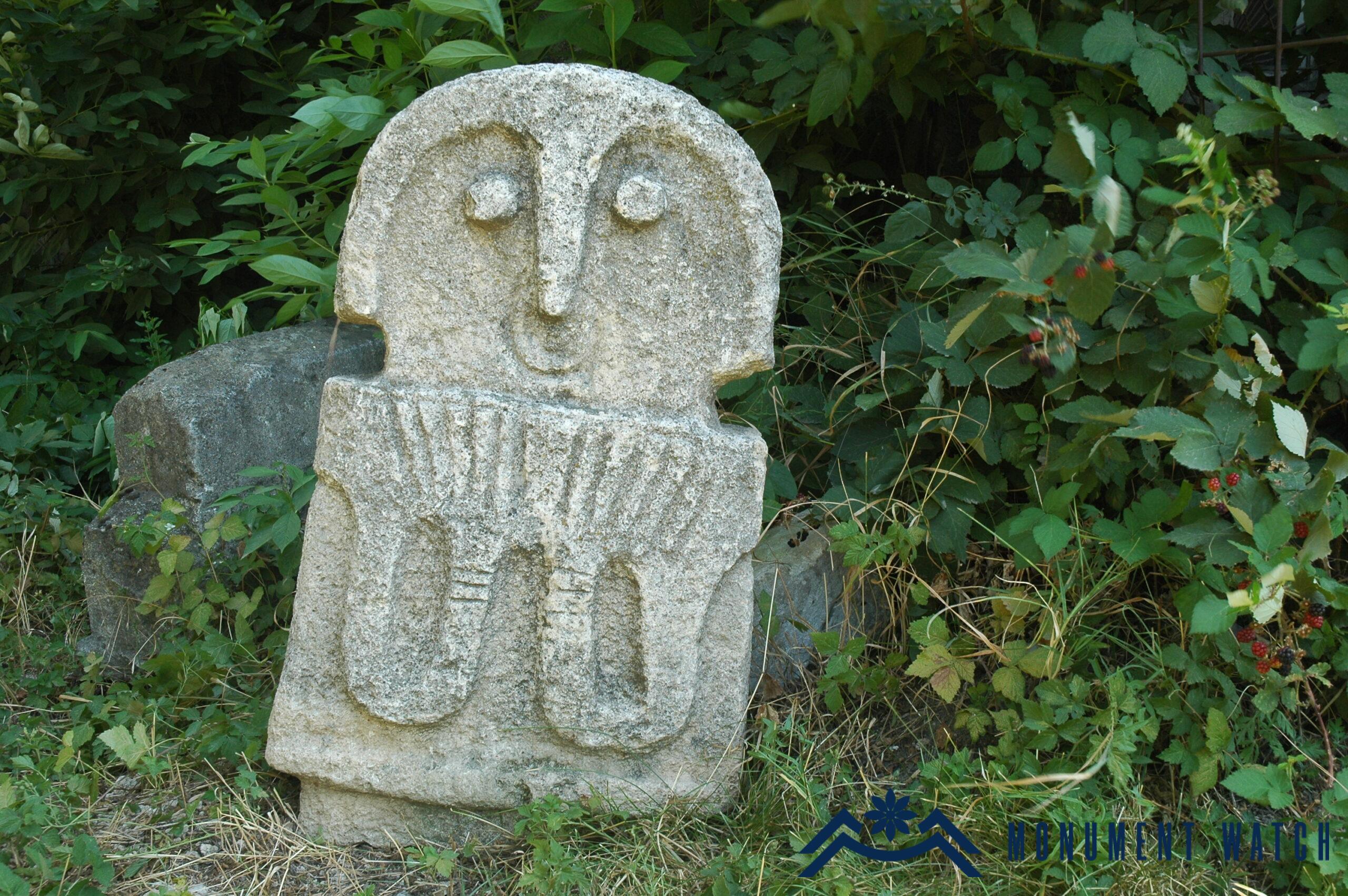
To the questions of ethno-cultural belonging of anthropomorphic steale of the Artsakh steppes
In Near East, in the Eurasian plains, various stone monuments are found, especially beginning from the 4th-3rd millennia BC. The latter are found in Northwestern Iran, Central Asia, Siberia, Europe, the Northern regions of the Black Sea, the North Caucasus, Asia Minor and elsewhere. The stone anthropomorphic monuments stand out in this row, which began to spread more actively at the end of the 2nd millennium and at the beginning of the 1st millennium BC, which is probably related to the movements of different races.
The monumental culture of Artsakh is most vividly expressed starting from the 1st millennium BC, appearing among a series of anthropomorphic stelae. The anthropomorphic stelae of Artsakh are one of the important components of the pre-Christian culture of the region. They are approximately rectangular, flat longitudinal slabs, which are divided into three parts by means of two wide horizontal grooves, “separating” the three parts of the body: the head, which occupies a little less than one third of the whole monument, the torso and the part below the waist. This section usually did not have a picture. It was simply lightly polished, intended for putting in the soil or a special foundation. The monuments are approximately 30-60 cm wide, 120-140 cm, sometimes up to 2-2.5 meters high and 20-40cm thick. The study area is located in the south-eastern part of the Lesser Caucasus, including the western part of the Kur-Aras valley, the eastern part of the Artsakh plain and the west end of the Mil plain. Combining information about other similar anthropomorphic stelae known in the region, examining and comparing them with volumetric solutions of Artsakh monuments, sculpture techniques, and attributes of sculptures, we come to the conclusion that the anthropomorphic stelae of Artsakh were made and erected between the 8th–6th centuries BC. By combining these data, it is important to find out the problem of the ethno-cultural affiliation of the steale, which is what we tried to do in this research.
Article: https://monumentwatch.org/wp-content/uploads/2024/05/Еранян-Н.-К-вопросам-этнокультурной-принадлежности-антропоморфных-изваяний-арцахских-степей.pdf.